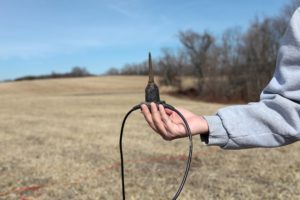All Categories
Featured
Table of Contents
Glad You Asked: What Are Seismic Surveys? in Kiara Aus 2023

They also research study changes in its resources to supply guidance in conference human demands, such as for water, and to anticipate geological dangers and dangers. Geoscientists use a variety of tools in their work. In the field, they might utilize a hammer and sculpt to collect rock samples or ground-penetrating radar devices to browse for minerals.
They likewise might utilize remote noticing devices to gather data, in addition to geographical info systems (GIS) and modeling software application to examine the information collected. Geoscientists may monitor the work of service technicians and coordinate work with other scientists, both in the field and in the lab. As geological challenges increase, geoscientists may decide to work as generalists - What Is The Difference Between Geophysical Method And ... in Mariginup WA 2020.
The following are examples of types of geoscientists: geologists study how repercussions of human activity, such as contamination and waste management, impact the quality of the Earth's air, soil, and water. They also may work to fix problems connected with natural threats, such as flooding and erosion. study the products, processes, and history of the Earth.
Geophysics Jobs in Daglish Oz 2023
There are subgroups of geologists also, such as stratigraphers, who study stratified rock, and mineralogists, who study the structure and structure of minerals. study the movement and flow of ocean waters; the physical and chemical residential or commercial properties of the oceans; and the ways these residential or commercial properties affect coastal areas, climate, and weather.
Latest Posts
Geophysical Survey in Jandakot Australia 2020
Geophysics Definition & Meaning in Roleystone Oz 2021
Geophysical Survey - Explore The Seafloor in Kinross WA 2021